NASA has the mother of all network connectivity issues after aerial mishap 12.3 billion miles away
NASA has lost contact with the Voyager 2 spacecraft after inadvertently turning its antenna .2 degrees away from Earth—a small misalignment made exponentially worse by the 12.3 billion miles that separate the ship from the planet Earth.
During a "series of planned commands" sent to the Voyager 2 spacecraft, NASA also made a small alignment change to the aerial direction. The seemingly tiny change has resulted in a loss of communication with the spacecraft, meaning it's not receiving NASA's commands and NASA isn't receiving the data it's sending back to Earth.
The Deep Space Network (DSN) is primarily responsible for communication with both the Voyager 2 and Voyager 1 spacecraft, an international network of antennas. The Voyager 2 mission primarily relies on the Canberra Deep Space Communication Complex to receive data from the spacecraft. Back in 2018, when operating correctly, messages from the two spacecraft would take over 16.5 hours to reach Earth.
Alone in the universe for now, Voyager 2 will likely regain contact with Earth in October, when a regular failsafe engages.
The spacecraft is programmed to reset its antenna orientation multiple times a year to ensure a stable connection should anything happen to it. The next realignment is set to occur this October, and in the meantime the Voyager 2 is expected to carry on its mission in silence.
Voyager 2's mission is to study the outer planets and then depart the solar system. It's NASA's longest running mission, the spacecraft first being launched in 1977, 16 days prior to the launch of its twin, the Voyager 1 spacecraft. Since then, Voyager 2 has departed the heliosphere—the magnetic field around the solar system created by the Sun's solar wind—in 2018, and is now facing down cosmic rays in the murky blackness beyond.
The Voyager 1 spacecraft is actually further out of our solar system than Voyager 2, despite departing later. This is due to the trajectory of both vessels. Voyager 1 was planned to reached Jupiter and Saturn first, ahead of the slower trajectory of Voyager 2, which would then allow Voyager 2 to get a closer look at Uranus and Neptune.
NASA has many publicly available images from the Voyager missions. They're absolutely awesome reminders of the vastness and varied solar system just out there.
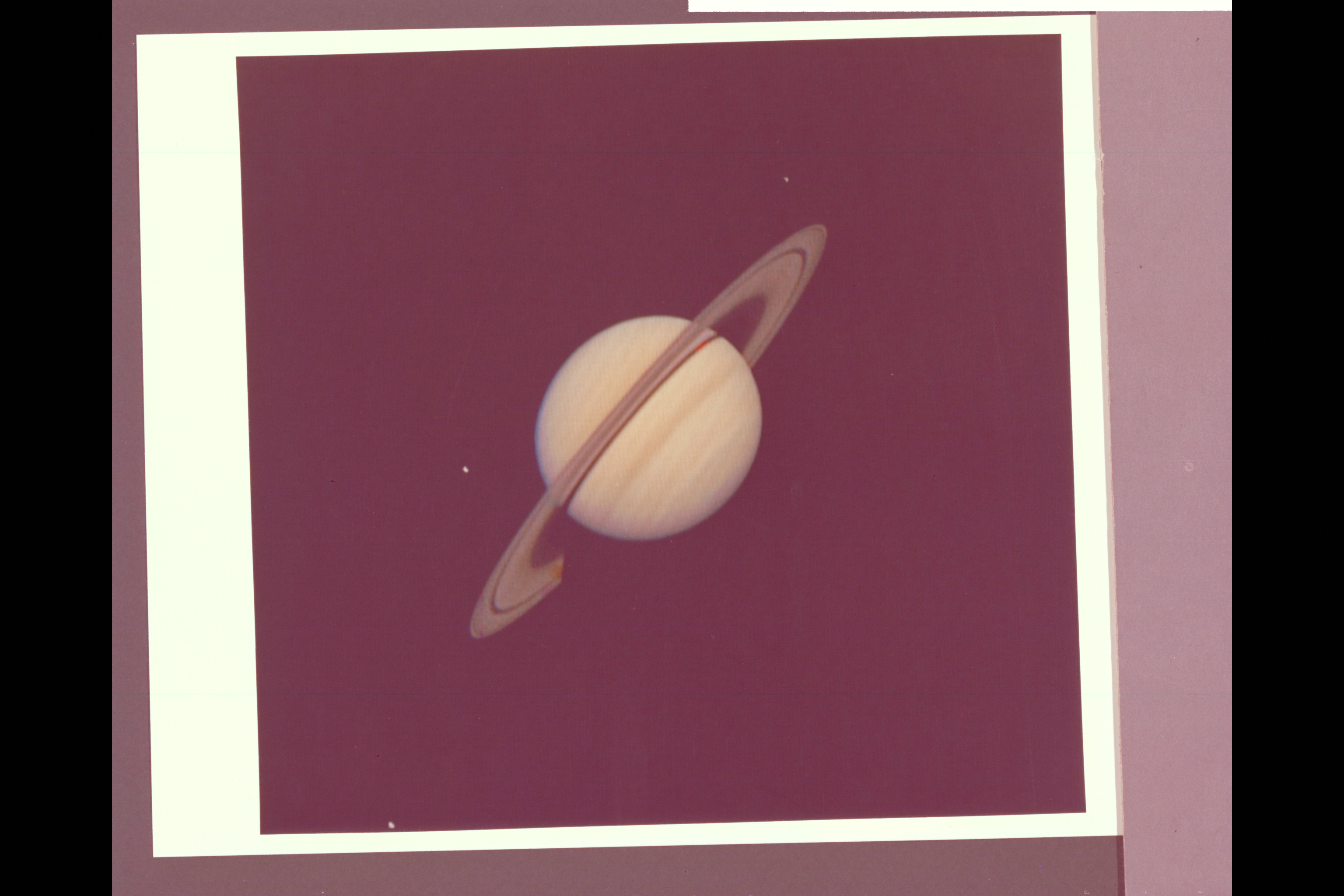
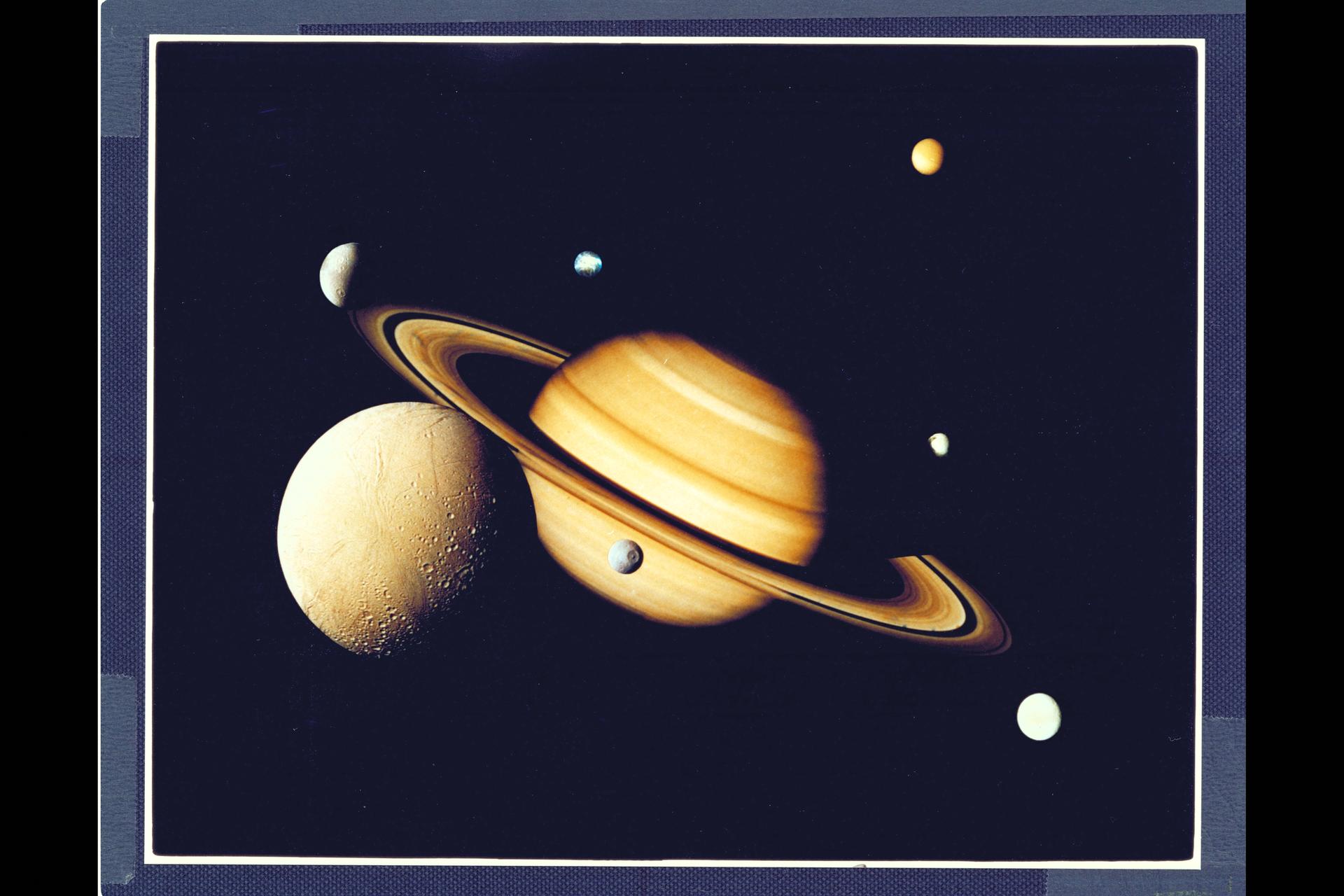
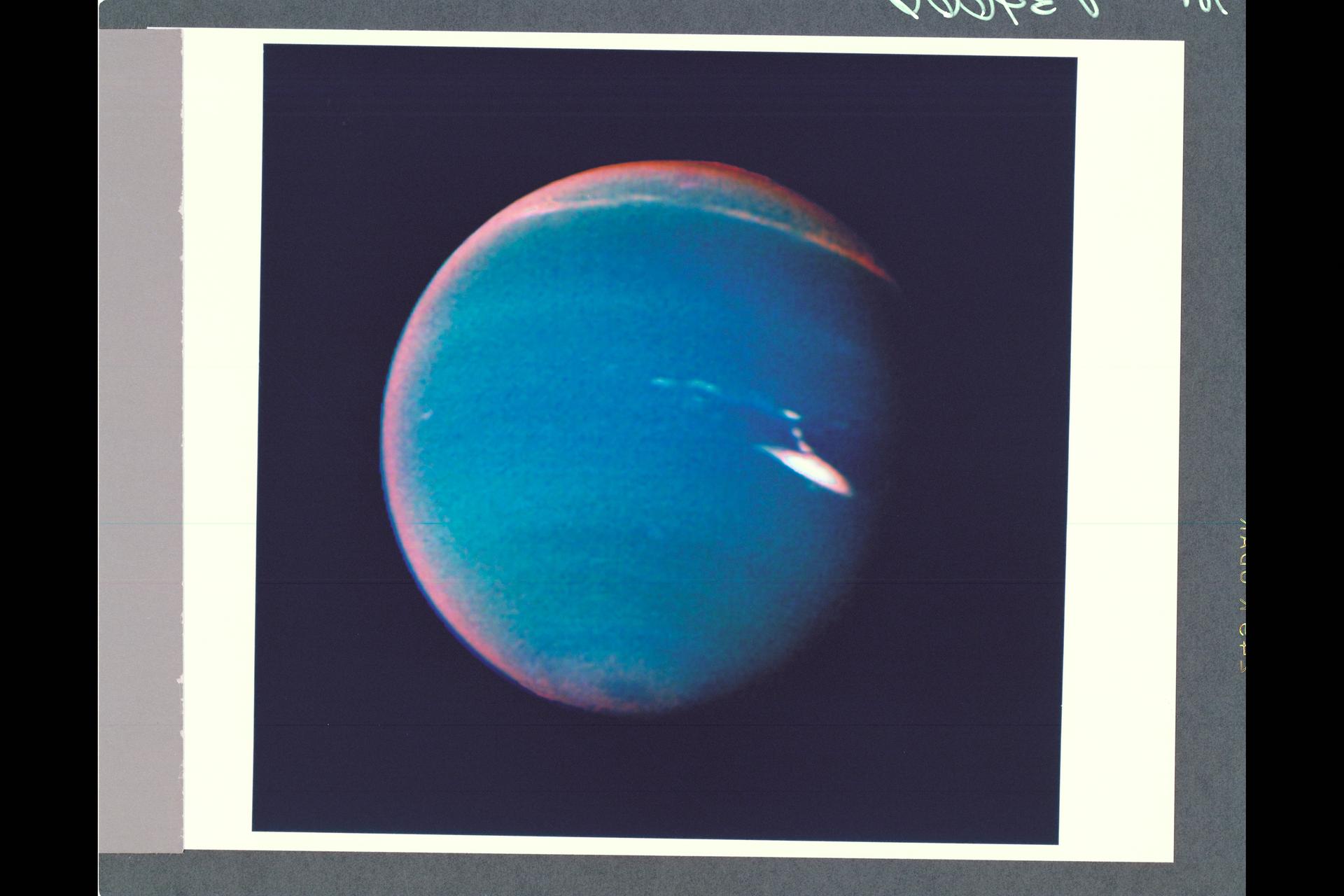
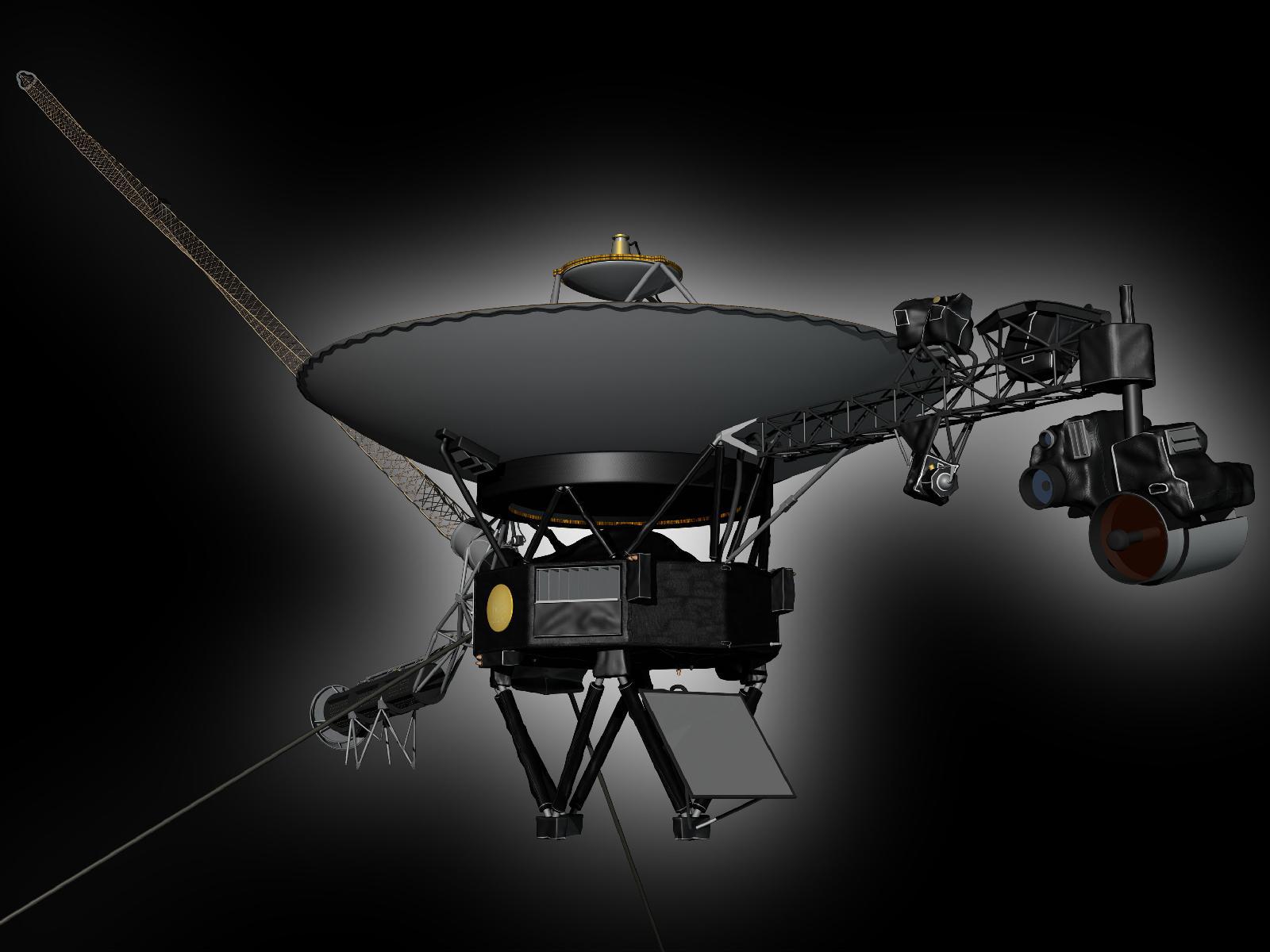
Adorably, the Voyager missions have a Twitter account with first-person updates from the ships.
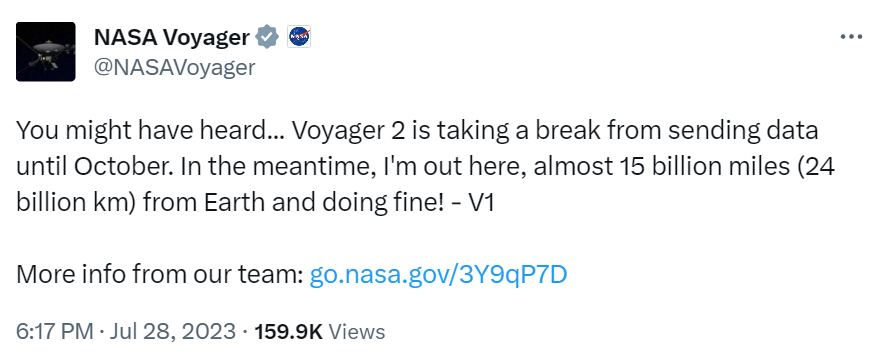
You come back to us, Voyager 2, ya hear?!
Both Voyager spacecraft will eventually lose power. In an article in Scientific American, a NASA Jet Propulsion Laboratory scientist, Linda Spilker, says that these missions maybe could last into the 2030s, "if everything goes really well." In time, they will make their way around our galaxy, and likely continue to exist, more less intact, well after our Sun expires.

Post a Comment